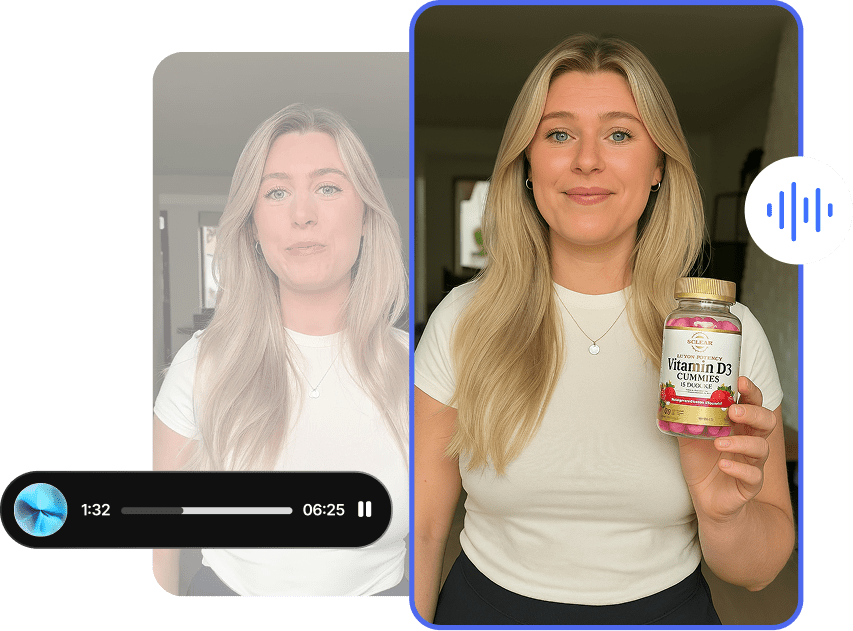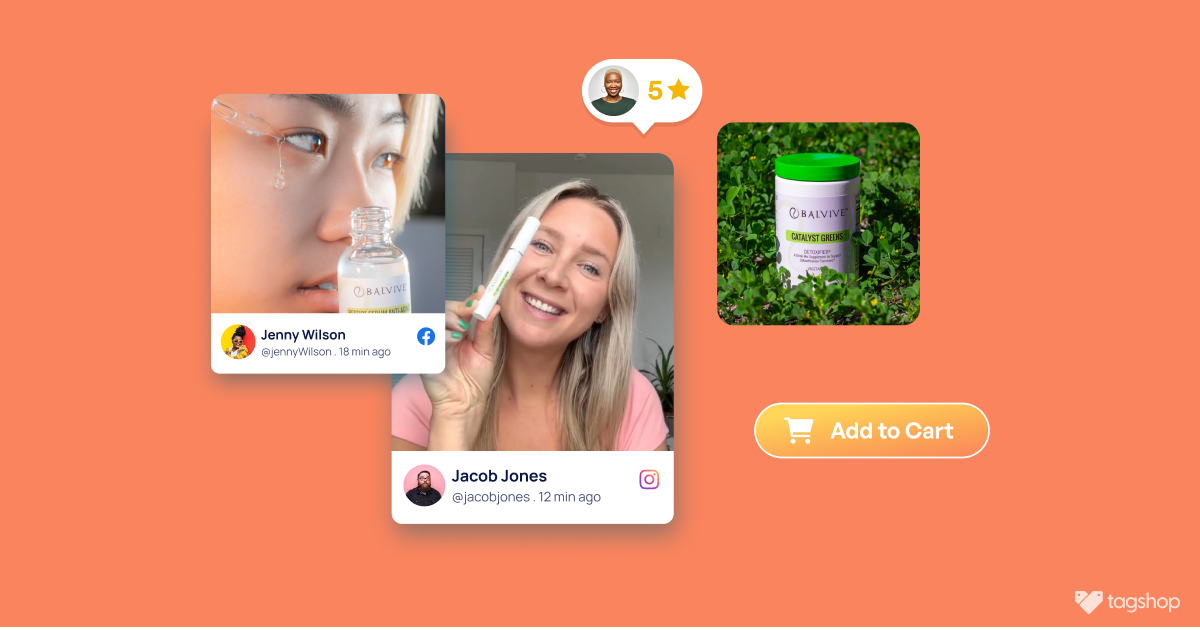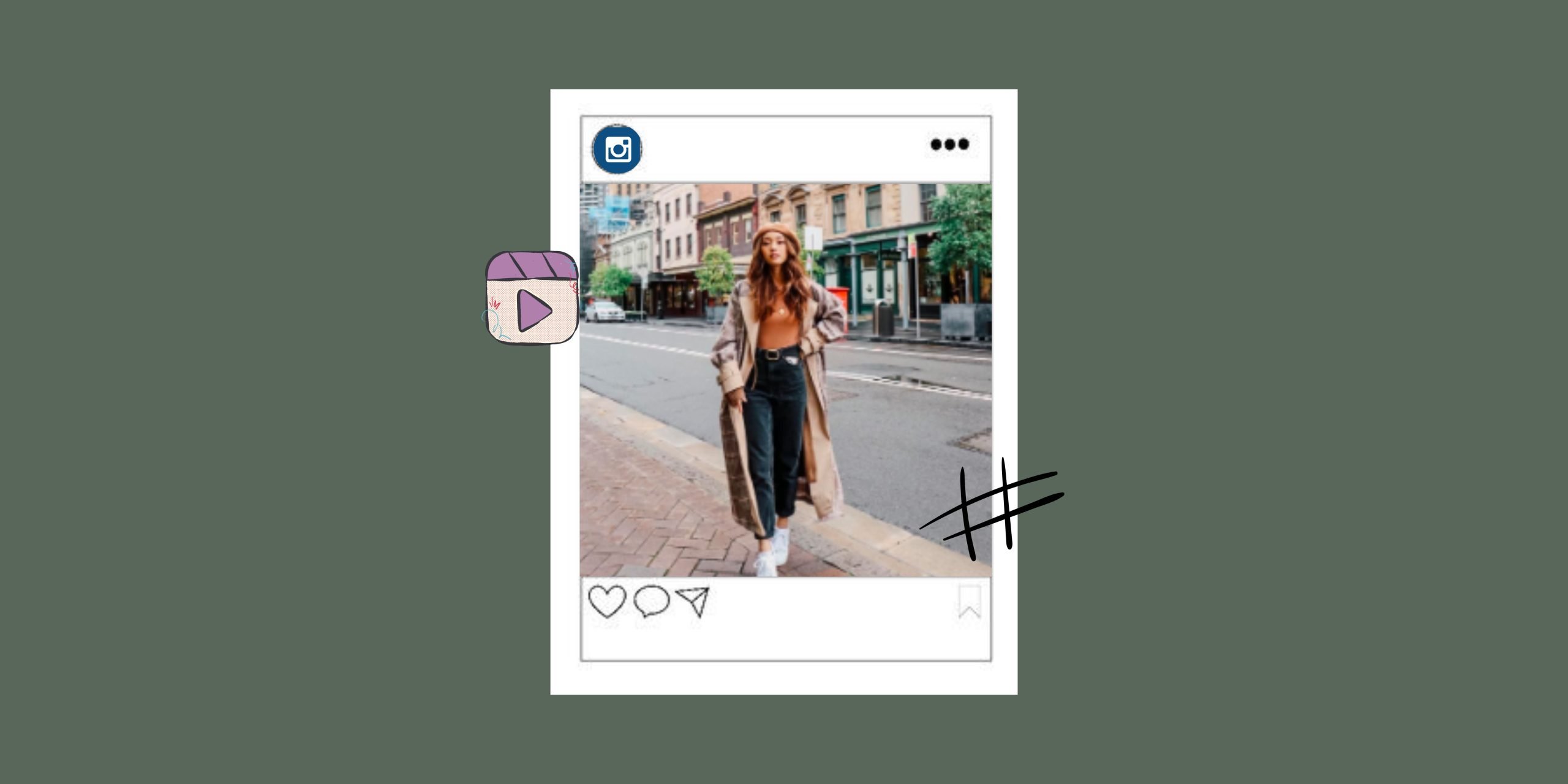Types of User-Generated Content (UGC) You Need to Know
If you think user-generated content (UGC) is just a couple of photos users share on social media, think again. UGC is any content created, published, and/or submitted by customers of a particular brand. It is unbiased and can be published by any user, fan, follower, or influencer showcasing their brand product experiences.
There are many types of user-generated content, from product reviews to demonstrations. But with so many options, how will you know which type is best for you? How will you encourage users to share other forms of content as well? This article will answer your doubts and queries about different types of ugc content.
So stay tuned!
Who Creates User-generated Content?
User-generated content (UGC) is created by, as the name suggests, “users.” This encompasses a wide range of individuals, including:
- Customers:
- These are people who have purchased and used a product or service. They share their experiences through reviews, photos, videos, and social media posts.
- These are people who have purchased and used a product or service. They share their experiences through reviews, photos, videos, and social media posts.
- Brand loyalists:
- These are dedicated fans of a brand who actively promote it through their content.
- These are dedicated fans of a brand who actively promote it through their content.
- Social media followers:
- Anyone who interacts with a brand online, through likes, shares, comments, and posts.
- Anyone who interacts with a brand online, through likes, shares, comments, and posts.
- UGC creators:
- These individuals specialize in producing content for brands, often in a style that mimics authentic customer posts. They may be paid for their work.
- These individuals specialize in producing content for brands, often in a style that mimics authentic customer posts. They may be paid for their work.
- General public:
- Anyone who creates content related to a brand, product, or service.
Types of User-generated Content:
User-generated content is becoming an essential part of every brand, and it comes in many styles and formats to help you find the right fit for your brand:
1. UGC Photos:
Of course, photos are one of the most common types of UGC content. Customers use images to share their experiences, such as product or lifestyle photos. Sharing these eye-catching visual photos of your brand products is a great way to grab your audience’s attention. UGC photos have significant value due to their authenticity, trustworthiness, and ability to engage the audience.
2. UGC Videos:
Collecting UGC video can be a hassle, but with tools like Tagshop, you can create it using realistic UGC avatars. Provide genuine customer reviews about your product and give them to the AI script writer by Tagshop to generate the perfect script for your UGC video. The whole process can be completed within minutes, saving you ample time. Use these videos to influence potential customers and watch your sales skyrocket.
3. UGC Reviews and Ratings:
Ratings and reviews act as internet word-of-mouth that helps other customers learn about your brand before purchasing. They are usually created during UGC reviews, service reviews, or written feedback. Third-party reviews help influence purchase decisions and build trust in the brand or product. Whether a third-party review is a Google review, Facebook review, Yelp review, or a direct website review, it is a great way to grow your brand.
4. Social Media Posts:
Sometimes, even a simple positive mention, such as a tweet or a Facebook post, can be fantastic to reshare and act as a great source of UGC. Users generally share content on social media about lifestyles and brand experiences, such as their experiences with hotels, products, etc. These social media posts help brands enhance their visibility and audience engagement.
5. UGC Podcasts:
User-generated podcasts refer to podcasts that are created and produced by individuals. Turning audio into text makes podcasts more accessible to all listeners, including those with hearing impairments. It also helps with content repurposing and improves search engine visibility.
6. Voiceovers and Audio Clips:

While UGC is mostly video-based, it by no means excludes the importance of audio clips and voiceovers. UGC voiceovers for social media audio clips and other content enhance the viewer’s experience. This emergence of voiceover in UGC has created a unique performance genre experiencing a rapid popularity surge.
7. AI UGC (AI-Generated User-Generated Content)

AI UGC is a new-age type of user-generated content that replicates the authenticity of real customer content using advanced AI tools. Instead of waiting for users to submit content, brands can now create UGC-style ai videos with the help of AI avatar, text-to-video tools, and AI scriptwriters—like those available on Tagshop. These tools help brands produce realistic product reviews, testimonials, or explainers that feel human-made but are generated within minutes. AI UGC offers the benefits of speed, scalability, and personalization, making it ideal for running multiple ad variations, social campaigns, or product showcases without relying solely on human creators.

Benefits of User-Generated Content
UGC is a powerful and effective tool with numerous benefits. Some of them include:
1. Increased Brand Authenticity
The primary benefit of user-generated content is that real users create it, establishing trust and increasing brand authenticity. 90% of consumers say authenticity is important when deciding which brands they like and support. This content is not a brand’s own but is based on the experience that other users have had with the products and services, which is key to building brand authenticity.
2. Improved Customer Engagement
User-generated content is a powerful tool for boosting customer engagement and building community. When you incorporate UGC into your social media strategy, you create a space for customers to feel connected and valued. This creates a sense of community and enhances customer engagement as they share more of their experiences and contribute to the conversation.
3. Enhanced Brand Reputation
User-generated content boosts brand reputation by fostering authenticity, building trust, enhancing engagement, and building a strong UGC community. It plays a massive role in shaping brand perception and influencing purchasing decisions because all the content they see is honest and unfiltered by everyday users.
4. Cost-Effective Marketing
Customers generally create UGC at no cost to the brand. While some brands may compensate users, the overall cost of sourcing UGC is often lower than that of branded content. UGC-based ads achieve 4 times higher click-through rates and a 50% reduction in cost-per-click. Moreover, the organic nature of UGC can lead to more engagement without spending much on UGC ads and campaigning.
5. Higher Conversion Rates
According to the survey, websites that serve UGC report an 8.5% increase in conversion rates and a 1.6% conversion lift when users interact with UGC. This demonstrates that UGC is critical in building social proof and enhancing conversion rates. Customers who see others enjoying your products or services are more likely to purchase, which directly affects your conversion rates.
How to Encourage User-Generated Content
If you want to encourage more user-generated content for your brand, here’s what you can do: Use a concept testing platform to experiment with contests, hashtags, community-building tactics, and incentives. Testing these strategies helps you understand which initiatives will drive the most authentic participation and engagement.
1. Run Contests and Campaigns
Hosting contests and challenges is one of the most effective ways to encourage customers to create and share content. The brand e.l.f Cosmetics has done this. They hosted the #eyeslipsface challenge and received the honor of having the most viral US campaign in TikTok history, with over 10 billion views.
You can do it too!
Host a photo contest where users can share pictures using your brand products with a special prize for the best submission. Try to make the challenge fun and relevant to your brand. For example, you can include a ‘ Show your style’ contest for a fashion brand and a ‘Food challenge’ for a food-related business.
2. Use Relevant Hashtags
Creating relevant hashtags for your brand, products, or campaigns is a no-brainer. Try to make them distinctive, memorable, and relevant to the content you want users to share. Integrate them into marketing campaigns, product launches, contests, or other events. Using relevant hashtags ensures that UGC is related to your brand and contributes to promotional marketing efforts.
3. Create a Strong Brand Community
Building a strong brand community is crucial for successful brand marketing. It builds brand loyalty and creates a sense of customer belonging and connection. A good brand community is a space where ideas are exchanged, experiences are shared, and loyalty thrives. To build a community, select the right platform that offers a seamless experience to your members. Consider leveraging a customer data platform to better understand your audience, personalize content, and strengthen engagement. Try to consider factors such as user-friendliness, scalability, and integration capabilities.
4. Provide Easy Sharing Options
To encourage UGC, make it easy for your followers to create and provide them with easy sharing options. You can provide clear instructions, guidelines, and easy tools for your followers. Use relevant hashtags, tags, or mentions to make it easy for users to find and participate in your UGC campaigns. This seamless sharing helps you reduce friction, increase participation, and enhance your brand visibility.
5. Incentivize UGC Creation
People love to win! So, to encourage UGC participation, try to incentivize its creation through contests complemented with attractive prizes and exclusive offers. Ensure the prizes are attractive and relevant to your audience’s interests to maximize participation. Offering participants the chance to win prizes or earn benefits fosters engagement, motivating consumers to share authentic experiences and amplify your brand’s reach.
Conclusion
Publishing user-generated content can significantly boost your brand’s reputation, help you generate more customers, and increase your revenue. Each UGC type and point shared in this blog post can help you get more user-generated content for your brand. With proper UGC strategies and consistency, you’ll soon start getting more UGC from your satisfied customers. Ultimately, leveraging UGC amplifies brand visibility and credibility and cultivates a loyal customer base, driving growth for your brand.









